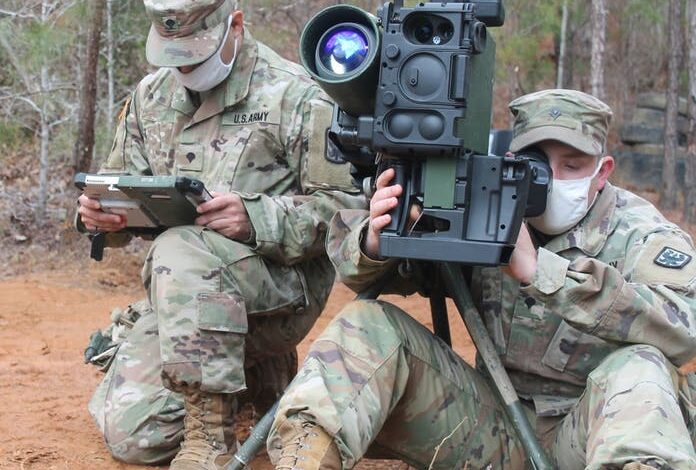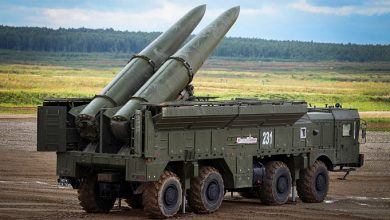BAE Systems to develop military networking software

BAE Systems to develop networking management software to link sensors and weapons on land, air, and sea. MINC to build software that creates a secure network control overlay for distributed management of self-healing networks in contested environments.
U.S. military researchers needed fast self-healing web-like networking that connect sensors and weapons on land, on and under the sea, in the air, in space, and in cyberspace. They found their solution from the BAE Systems Electronic Systems segment in Nashua, N.H.
Officials of the U.S. Defense Advanced Research Projects Agency (DARPA) in Arlington, Va., announced a $24.9 million contract to BAE Systems on Monday for the Mission-Integrated Network Control (MINC) project.
MINC seeks to build and demonstrate software that creates a secure network overlay with control mechanisms that enable distributed management of agile, self-healing networks of networks to support multi-domain kill webs in contested dynamic environments.
BAE Systems joins Peraton Labs Inc. in Basking Ridge, N.J., on the MINC program. Peraton won a $19.3 million contract on 3 Jan. 2022 for the project.
The program is a vital part of mosaic warfare, which seeks to assemble individual warfighting platforms like the ceramic tiles in mosaics to make a larger intelligence picture and a larger force package. The idea will be to send so many weapons and sensors at the enemy that its forces are overwhelmed.
The MINC program seeks to ensure that critical data finds a path to the right user at the right time in contested environments using secure control of any available communications or networking resources, DARPA officials say.
This capability of connecting sensors to shooters replaces the manual static configuration of separate tactical networks and limited internetworking capabilities.
MINC will culminate in this paradigm shift from static manual configuration of closed rigid architectures by moving towards autonomous approaches where applications and networks adapt to changing military conditions.
On this contract, experts from BAE Systems and Peraton Labs will not develop any new communications and network resource hardware, but rather will develop the network and communications systems algorithms and software to configure and control available resources opportunistically.
The MINC program will address three key challenges tactical networks face today as they operate in extreme networking environments: the lack of network interoperability across heterogeneous communications systems at scale; insufficient network capacity to support missions; and the inability to reconfigure networks autonomously to align with military missions.
BAE Systems and Peraton Labs will help develop on-demand connectivity between sensor-to-shooter networks by focusing on three key capabilities: developing an always-on network overlay to access available networking and communications resources and control parameters; using a cross-network approach for managing network configuration; and creating ways to determine the best information flows for kill web services.
MINC seeks to capitalize on networking advances in software-defined networking; network function virtualization for decoupling network functions from hardware; information-centric networking to discover and retrieve data securely; and intent-driven networking for autonomous mapping of user objectives to network management policies.
Source: Military & Aerospace Electronics





